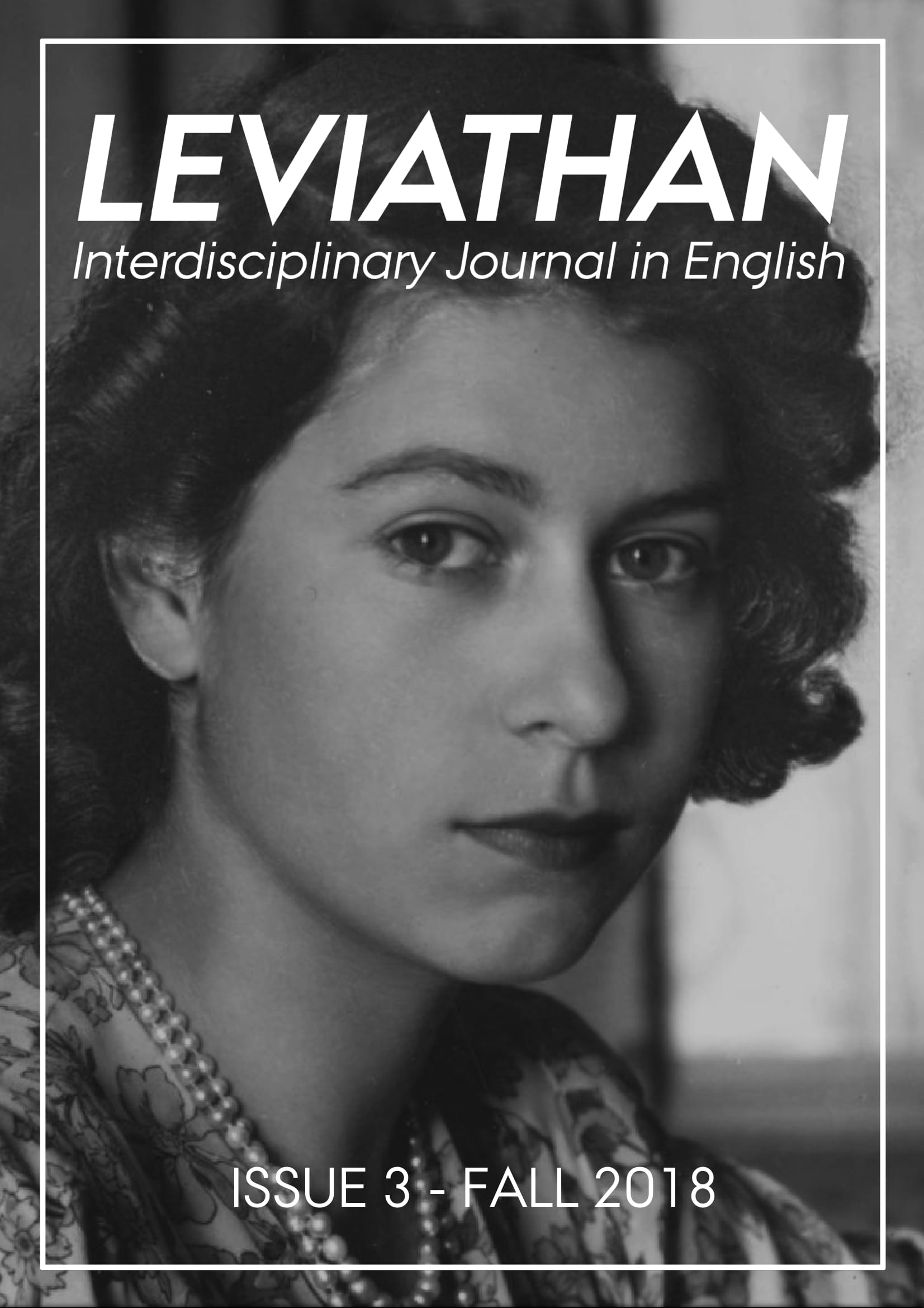Lifting the Lid on the Queen’s Upper-Crust Received Pronunciation
A Real-Time Study in Linguistic Change
DOI:
https://doi.org/10.7146/lev.v0i3.107780Keywords:
British Monarchy, the Queen, formants, Received Pronunciation (RP), Standard Southern British (SSB), regional dialect, vowel, vowel space, sound change within lifespan, English Linguistics 3: English in Its Social ContextsAbstract
This acoustic analysis of Queen Elizabeth’s speech in her Christmas broadcasts from 1995 to 1999 investigates whether her dialect becomes less Upper-Crust Received Pronunciation, and more Standard Southern British (SSB), after the Princess of Wales died in 1997; whether there is a correlation with this change in speech style; and the need to increase the popularity of the British Monarchy which declined in the aftermath. A formant analysis of the Queen’s TRAP [æ], STRUT [ʌ] and the happy-tensing [ɪː] vowels was conducted in Praat. The results are discussed on their own but also contrasted with those reported in Harrington et al. (2000), and Harrington (2006). This study concludes that although the Queen’s speech underwent variation around the time of the Princess of Wales’s death, the variation had started in the months prior to the accident.
Downloads
Published
How to Cite
Issue
Section
License
Attribution-NonCommercial-NoDerivatives 4.0 International (CC BY-NC-ND 4.0)
You are free to share (copy and redistribute the material in any medium or format).
However:
You may not use the material for commercial purposes.
You must give appropriate credit, provide a link to the license, and indicate if changes were made. You may do so in any reasonable manner, but not in any way that suggests the licensor endorses you or your use.
If you remix, transform, or build upon the material, you may not distribute the modified material.
You may not apply legal terms or technological measures that legally restrict others from doing anything the license permits.





